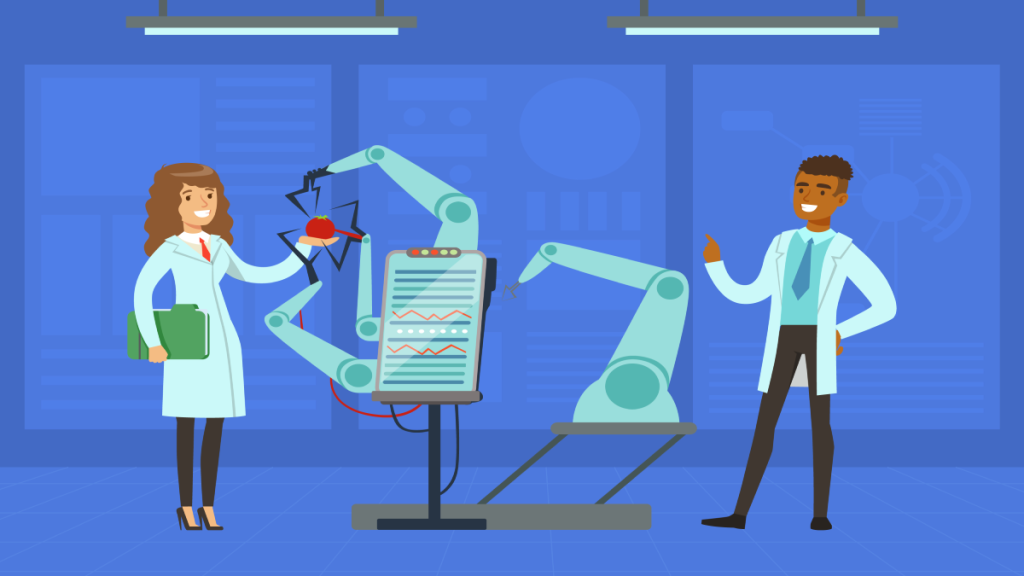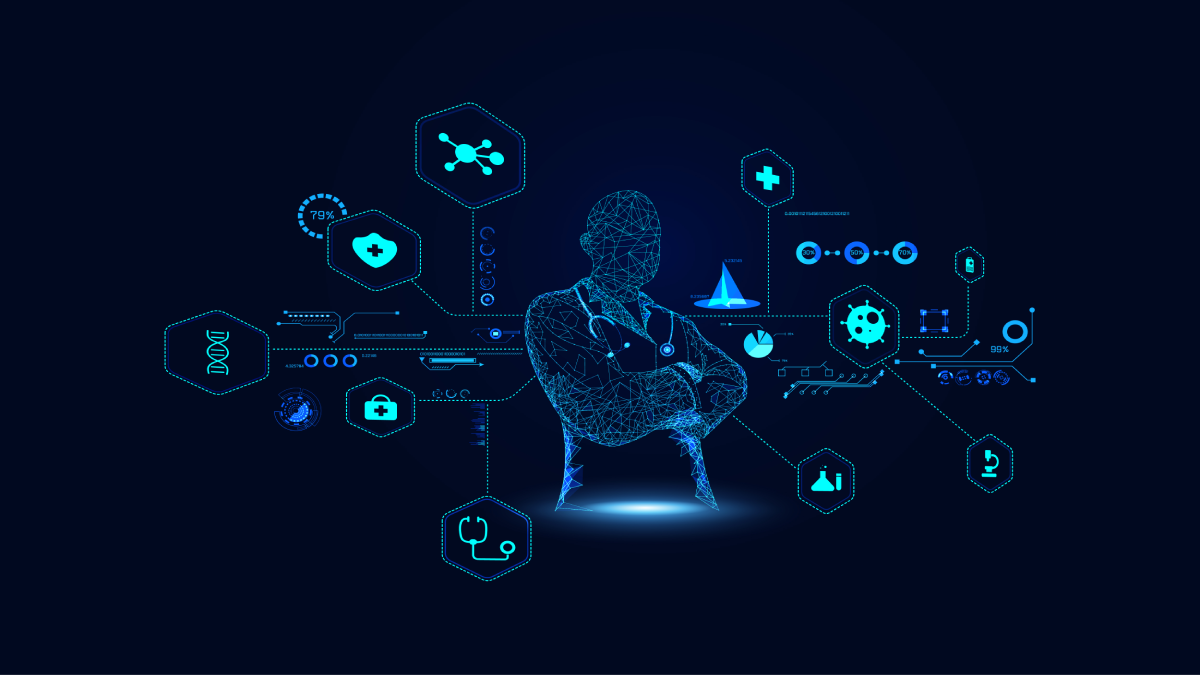AI in medicine is rapidly evolving from a futuristic concept into a silent collaborator within today’s healthcare system. Much like algebra transformed our understanding of mathematics and the world, AI in medicine is now revolutionizing how we diagnose, treat, and manage patient care.
In the realm of diagnostic testing, AI has already begun to redefine the boundaries. It’s not just improving accuracy; it’s lowering the barrier of expertise needed to interpret complex results. Old patterns of care are being replaced by smarter, faster systems that promise a new era of precision medicine.
However, the truth is that this is only the beginning and not the end.
AI in Medicine: Promise and Puzzle
We’ve been told for years that AI is the future of healthcare. But what does that really mean? Is it coming for doctors’ jobs? Could it save lives? Or is it introducing new risks?
AI has been a behind-the-scenes player in medicine for years—helping with transcription, powering chatbots, and organizing patient data. But the rise of generative AI has accelerated things in astonishing ways. Now, machines are helping predict health risks, making faster and more accurate diagnoses, and even playing a role in drug discovery.
The AI boom, especially over the last five years, has opened doors that were once sealed shut. Models once confined to research labs are now shaping how diseases are detected, how treatments are personalized, and how patient care is delivered. These tools are uncovering hidden health patterns that would otherwise go unnoticed—even by experts.
When Machines Assist the Healers

With AI in medicine deeply embedded in the system, patients and clinicians are beginning to ask vital questions:
How will it affect their hospital visits? Will machines guide treatment decisions? What occurs if the system makes a mistake? Who’s accountable?
Thankfully, oversight bodies like the U.S. Food and Drug Administration, along with medical organizations such as the American Medical Association and the National Academy of Medicine, are beginning to publish ethical frameworks and guidelines to ensure AI’s use is safe, fair, and effective.
Still, concerns remain. Although AI has great potential, it is not flawless, and errors cannot be ignored in the healthcare industry. That’s why many experts agree: AI should support doctors, not replace them. Human judgment remains critical, especially in interpreting AI outputs, understanding patient preferences, and making the final call.
Big Tech Meets the Operating Room
While giants like Google and OpenAI are diving headfirst into healthcare innovation, a different breed of AI in medicine development is happening quietly inside university labs and research centers. Here, the focus is on specialized solutions—tools built for precision, not just profit.
Venture funding is flooding the industry, with AI-health companies receiving $11 billion in investments in 2024 alone. But the academic world often prioritizes ethical rigor and scientific transparency over speed-to-market. This divide matters, especially as AI tools begin influencing life-or-death decisions.
The challenge? Balancing the exciting possibilities of AI with strong safety rules. Before any AI touches a patient, it must go through a gauntlet of evaluations: Is it safe? Is it equitable? Does it actually help?
Real-World Innovation: Yale’s Cars Lab
At Yale Medicine, big moves are being made. With $150 million committed over five years, their Cardiovascular Data Science Lab (Cars Lab) is exploring how AI can improve heart care.
One of their groundbreaking tools, ECGGPT, can analyze electrocardiogram (ECG) data and generate full diagnostic reports, something that would typically require a cardiologist’s interpretation. This kind of tool could make world-class diagnostics available anywhere, especially in areas with limited medical access.
Unlike flashy consumer-facing tech, these tools are built with practicality in mind—simple, accessible apps that plug into existing workflows. One researcher shared how the AI model could detect subtle heart failure signs in ECG readings that even trained professionals might miss. This is AI acting as an invisible second opinion—catching what the human eye cannot.
The Need for Guardrails
Even as these technologies emerge, the path to wide adoption is filled with checkpoints. Regulators will need to set clear boundaries to protect public health and avoid unintended harm.
Misdiagnosis by AI is still rare—partly because human doctors remain in the loop—but the risks can’t be ignored. As the tools grow more advanced, so does the urgency to implement strong ethical oversight.
The topic is not just “will AI make us healthier?”—it’s “How do we make sure everyone can access and trust it?”
A Future Powered by Code and Compassion
Many in the field believe that artificial intelligence (AI) is on par with earlier revolutionary breakthroughs like the transistor, telephone, camera, and internet source code. Like these, AI has the power to reshape how care is delivered—from remote diagnostics to telemedicine to hyper-personalized treatments.
But the human element can’t be lost in the code. The dream is not to replace compassion with computation, but to amplify it.
The path forward calls for thoughtful use, inclusive access, and unwavering focus on the people behind the data. Because at the end of the day, no matter how smart the machine becomes, healing remains a deeply human act.

